
HOW MUCH YOU NEED AND WHERE DO YOU GET IT? WE GIVE YOU 5 EXCELLENT SOURCES OF VEGGIE PROTEINS THAT ARE BOTH CONVENIENT AND DELICIOUS.
BY REBECCA TREON

Plant-Based Diet
HOW MUCH YOU NEED AND WHERE DO YOU GET IT? WE GIVE YOU 5 EXCELLENT SOURCES OF VEGGIE PROTEINS THAT ARE BOTH CONVENIENT AND DELICIOUS.
BY REBECCA TREON
Without a doubt, getting enough protein is a top concern when transitioning to a plant-based diet. But, protein is actually found in a number of non-animal sources. In fact, most Americans already surpass their protein needs. The average woman needs 46 grams of protein daily, while men need 56 grams — servings easily obtained by eating a variety of whole foods at every meal. Essentially, proteins are chains of amino acids that aid in cell growth and repair. Because the body can’t produce them on its own, our protein must come from food. While most proteins are incomplete, eating a varied diet will provide the complete proteins needed for optimum health.
PLANT-BASED PROTEIN SOURCES
Although dairy products and eggs are common source of vegetarian protein, they can be high in fat and cholesterol. Instead, here are some plant-based options that are not only easy to prepare, but also good for your health.
Legumes:
beans, lentils, and peas contain 13.4 grams of protein per one cup serving. Canned beans only need to be rinsed and heated, so your favorite vegetarian chili made with black and kidney beans, chickpea hummus, or Indian dhal are all great choices.

Legumes:
beans, lentils, and peas contain 13.4 grams of protein per one cup serving. Canned beans only need to be rinsed and heated, so your favorite vegetarian chili made with black and kidney beans, chickpea hummus, or Indian dhal are all great choices.

Quinoa and Whole Grains:
quinoa racks up a whopping 18 grams of protein per cup. Whole grain bread, brown rice, and barley also offer a good source of fiber, and when paired with legumes, make a complete protein.

Quinoa and Whole Grains:
quinoa racks up a whopping 18 grams of protein per cup. Whole grain bread, brown rice, and barley also offer a good source of fiber, and when paired with legumes, make a complete protein.


Tofu and Soy Products:
soy milk, tempeh (cooked fermented soybean patties, which contain 18 grams of protein per ½ cup serving), edamame (great shelled and added to salad), soy protein/TVP, and even soy ice cream can boost your intake. Tofu is a versatile ingredient: the soft variety can be blended into smoothies, while the firm variety can be marinated, then fried or baked. For convenience sake, try seitan (a great substitute for recipes calling for chicken), veggie burgers, and other meat substitutes that are easy and flavorful.

Tofu and Soy Products:
soy milk, tempeh (cooked fermented soybean patties, which contain 18 grams of protein per ½ cup serving), edamame (great shelled and added to salad), soy protein/TVP, and even soy ice cream can boost your intake. Tofu is a versatile ingredient: the soft variety can be blended into smoothies, while the firm variety can be marinated, then fried or baked. For convenience sake, try seitan (a great substitute for recipes calling for chicken), veggie burgers, and other meat substitutes that are easy and flavorful.
Nuts, Seeds, and Nut Butters:
(think not just peanut, but almond, walnut, and cashew butters) are super-high in protein. (Tip: we love Justin’s.) Just two tablespoons of nut butter packs 8 grams of protein, but nuts are high in fat so should be consumed in moderation. A handful of almonds, walnuts, peanuts, or cashews make a great snack. Chia and hemp seeds are also a great source. Blend chia seeds into a smoothie or sprinkle hemp seeds on your salad for a satisfying crunch.

Nuts, Seeds, and Nut Butters:
(think not just peanut, but almond, walnut, and cashew butters) are super-high in protein. (Tip: we love Justin’s.) Just two tablespoons of nut butter packs 8 grams of protein, but nuts are high in fat so should be consumed in moderation. A handful of almonds, walnuts, peanuts, or cashews make a great snack. Chia and hemp seeds are also a great source. Blend chia seeds into a smoothie or sprinkle hemp seeds on your salad for a satisfying crunch.

Leafy Greens and Dark Green Vegetables:
A great stealth source of protein, one cup of broccoli contains 8 grams. Sprinkle your salad with sesame, sunflower, or poppy seeds for added texture and protein.

Leafy Greens and Dark Green Vegetables:
A great stealth source of protein, one cup of broccoli contains 8 grams. Sprinkle your salad with sesame, sunflower, or poppy seeds for added texture and protein.










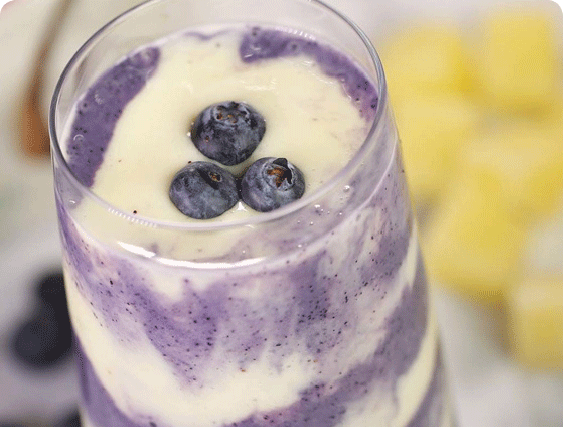
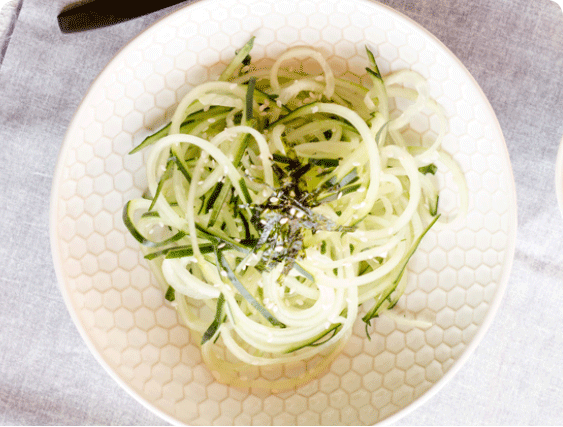
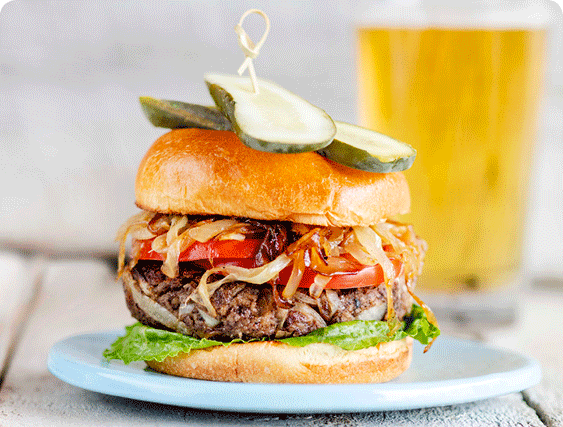
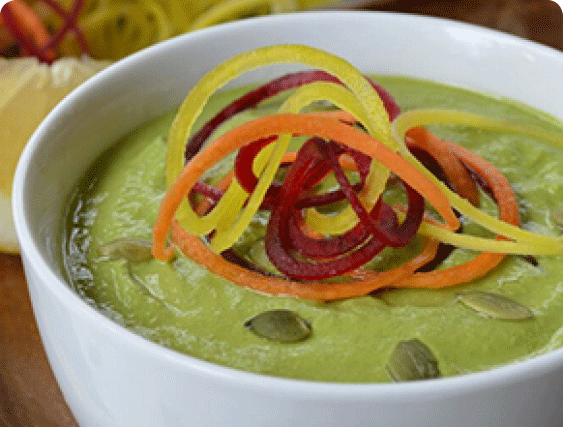











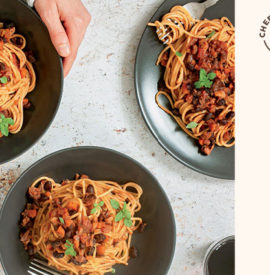
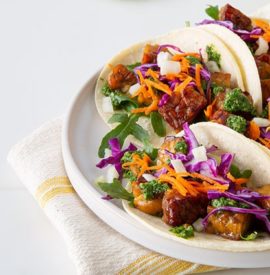


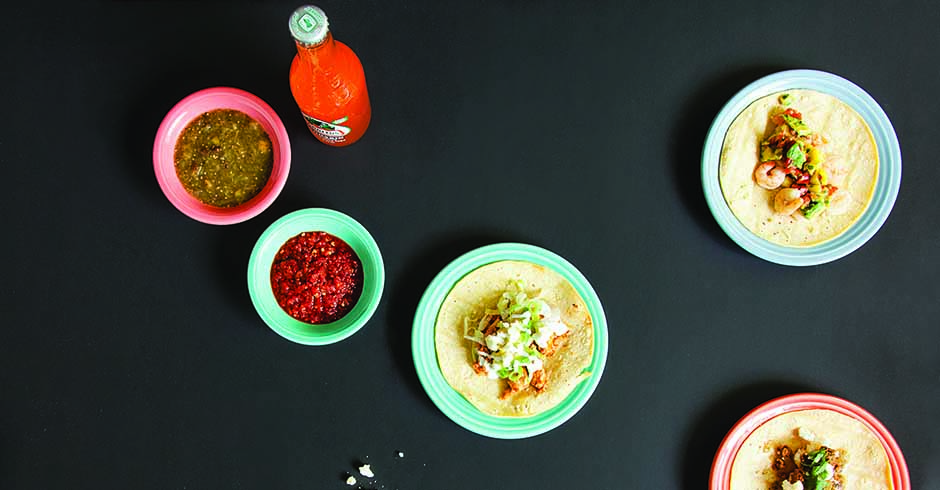

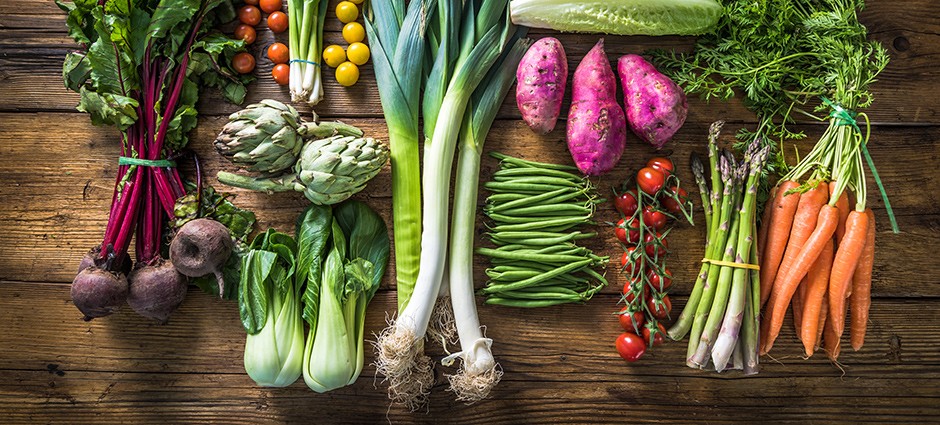
Comments